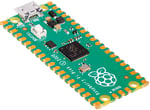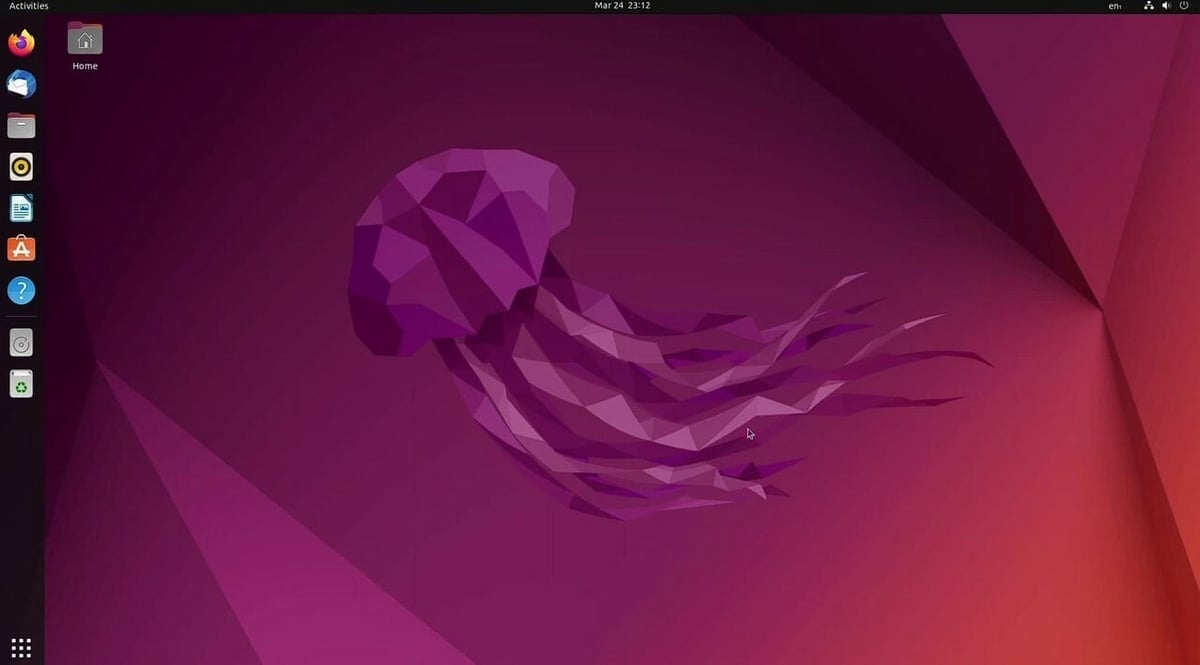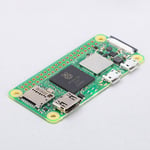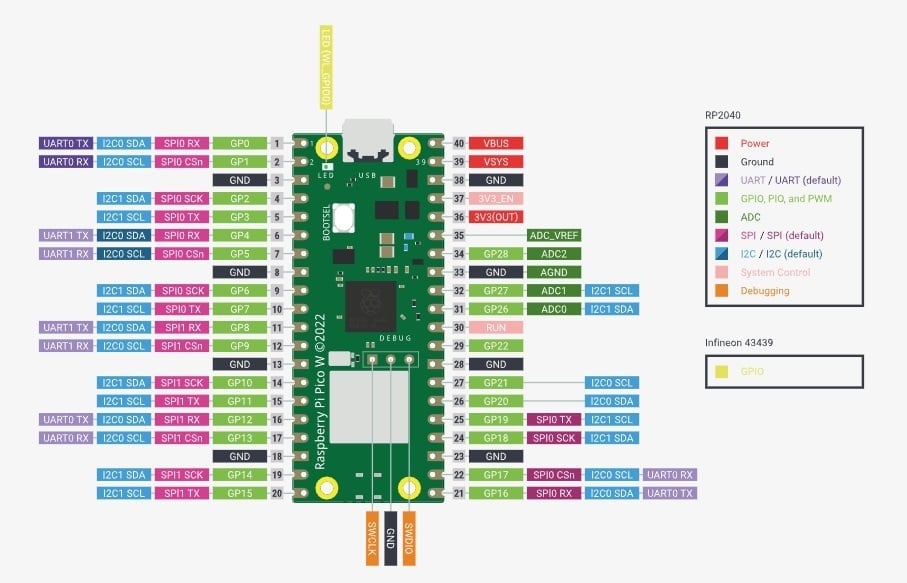Once upon a time, any personal project that involved electronic control required either a costly pre-assembled development board or going down the DIY route. However, things started changing around 2005. Thanks to the new Arduino control boards, it was finally possible to integrate sensors and actuators for a fraction of the price.
The product was initially aimed at students and learners, but the potential soon started to attract hobbyists and makers of all trades. Arduino quickly became a synonym for microcontroller (MCU) unit. The Arduino frenzy encouraged many other manufacturers to start developing MCU boards and related software.
A few years passed, and in 2012, the first Raspberry Pi (Model B) made its way into the market – albeit after an extremely long development process that started in 2006. The intention behind developing the Pi was very similar to the one for Arduino: making computers easily accessible to students for cheap. The project succeeded in its intent, and the Raspberry Pi Foundation has become one of the biggest players in the single-board computer (SBC) market. Their latest model, the Pi Zero 2 W, costs only $15 and has many of the features of a modern laptop.
In 2021, the company decided to branch into the world of MCUs by releasing the Pi Pico, their first microcontroller board. Today, thanks to their competitive price points and feature-packed designs, the Raspberry Pi Zero and the Pi Pico are two of the best-selling devices on the market.
But what exactly is the difference between these two models? What are they good for? And which one should you choose for your project? In this article, we’ll answer all of these questions and more. Let’s get started!
Head to Head
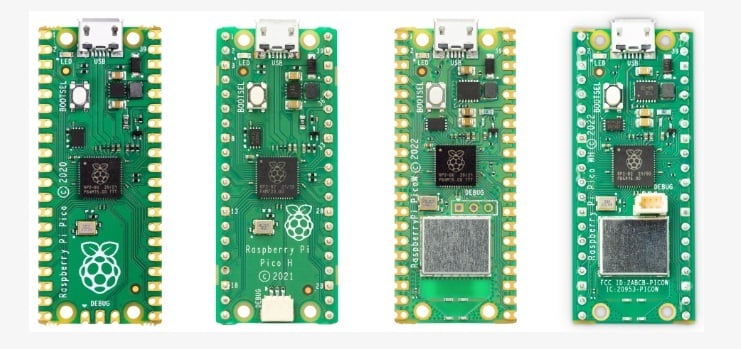
Let’s now take a closer look at the Raspberry Pi Pico and Zero.
Raspberry Pi Pico
This is the first MCU board designed by Raspberry Pi. Built around their proprietary (but not closed-source) RP2040 microcontroller, the Pi Pico is meant to be a low-price alternative to older Arduino boards. Coming in at only around $4, it’s intended to surpass the older, Atmel-based micros like the Arduino Nano and Micro.
An MCU is an extremely simplified computer stored on a single chip, including everything from a processor and I/O pins to storage and memory. A microcontroller board has one purpose, and that’s to run one simple program that’s been preloaded into its memory by the user. When the program is executed, data is received from external devices (inputs), manipulated (controlled), and then sent to external devices (outputs).
A Pico is often used for educational purposes to teach electronics, embedded systems programming, and robotics. Pico projects typically involve sensors (e.g., temperature, motion, distance) and actuators (e.g., motors, LEDs). Common applications include robotics, automation, and sensor networks. Pico’s are specifically designed for embedded systems and real-time control applications. They excel in projects where precise timing and low power consumption are critical.
The Raspberry Pi Pico has four different variations: the Pico, Pico H, Pico W, and Pico WH. The ‘W’ denotes Wi-Fi and Bluetooth connectivity, whereas the ‘H’ signifies pre-soldered headers.
The Raspberry Pi Pico offers a combination of affordability, versatility, community support, and educational resources that make it stand out in the microcontroller market. Its capabilities and ease of use have made it a popular choice for a wide range of projects.
Raspberry Pi Zero
The Raspberry Pi Zero – like other traditional Raspberry Pi products – is a single-board computer (SBC). The Zero has all the same elements under the hood as a full-blown PC but fit onto a circuit board the size of a credit card. Since the Zero has an operating system (OS), it will behave and look like any other computer once hooked up to a display, keyboard, and mouse. It’s different from a typical laptop or desktop PC in that the Pi Zero has GPIO pins that can be used to control other electronic components.
Zeros can be used for IoT projects, and they’re suitable for IoT gateways, servers, or projects requiring advanced processing and networking capabilities. However, they are probably overkill for simple IoT devices. The Zero can serve as a lightweight desktop computer for tasks like coding, software development, and learning programming languages while still being smaller than a Raspberry Pi 4.
The latest version of the Zero is the Zero 2 W (‘W’ implying Wi-Fi and Bluetooth connectivity). At this time, the Zero 2 with soldered headers is not being sold, but you can find the original Raspberry Pi Zero H (‘H’ meaning it has headers) with soldered headers still available.
In general, the Raspberry Pi Foundation’s products have a positive reputation for offering affordable and versatile computing solutions. The Zero 2 W, with its compact size and improved processing power, is considered a valuable addition, especially for IoT applications, lightweight servers, and embedded projects.
The Specs Compared
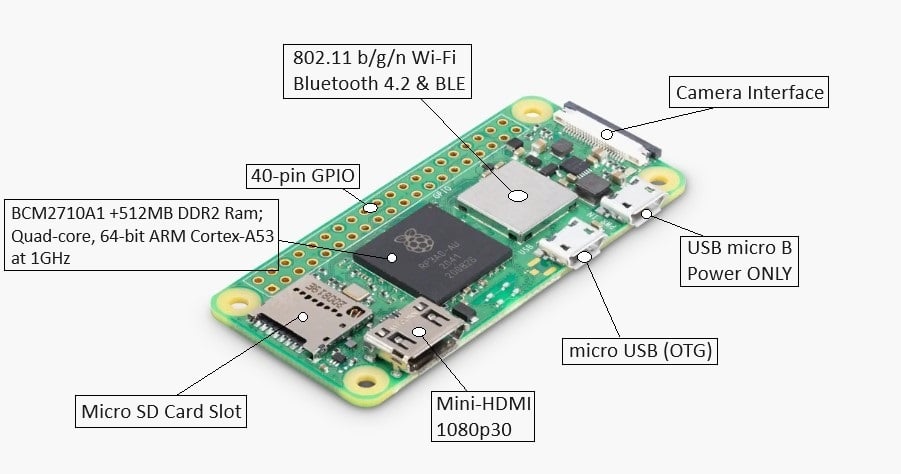
Processor
- The Pico has a Dual-core ARM Cortex-M0+ clocked at 133MHz.
- The Zero 2 W has a Broadcom BCM2710A1, quad-core 64-bit SoC (ARM Cortex-A53 clocked at 1GHz), which is up to five times as fast as the original single-core Raspberry Pi Zero.
RAM
- The Pico has 264 kB of on-chip SRAM; 2 MB on-board QSPI flash memory.
- The Zero 2 W has 512 MB of SDRAM, whereas the Zero and Zero W have 256 MB of SDRAM.
Storage
- The Pico does not have a MicroSD card slot for storage but storage could be expanded by using a MicroSD breakout board.
- The Zero 2 W has a MicroSD card slot for flashing the OS and storing data.
Expansion
- The Pico has 26 GPIO pins, including 3 analog inputs. The Pico WH comes with soldered headers.
- The Zero 2 W has a HAT-compatible, 40-pin GPIO header and no analog inputs. The Zero WH has pre-soldered headers.
Connectivity
- The Pico does not have wireless or Bluetooth connectivity, but the Pico W and WH models do; 2.4GHz IEEE 802.11b/g/n wireless LAN, on-board antenna, Bluetooth 5.2.
- The Zero 2 W has wireless and Bluetooth connectivity; 2.4GHz IEEE 802.11b/g/n wireless LAN, Bluetooth 4.2, BLE, onboard antenna.
OS Compatibility
- The Pico doesn’t have an operating system, so it doesn’t have a direct user interface. No OS is common practice for microcontrollers.
- The Zero 2 W supports a range of operating systems, the most popular of which is Raspberry Pi OS (formerly Raspbian). A few others include Ubuntu, Debian, and Windows 10 IoT Core.
Form Factor (Size of Board)
- The Pico is 21 mm x 51 mm (0.83″ x 2.0″)
- The Zero 2 W is 65 mm x 30 mm (2.6″ x 1.2″)
Power Consumption
- The Pico’s power consumption varies depending on whether wireless connectivity is being used and the complexity of the task, but even at heavy loading, the power consumption is only a fraction of an SBC’s typical power usage. A Pico can also be powered with 2-3 AA batteries in series. The Pico also has two power-saving modes: sleep and dormant.
- The Zero 2 W’s more capable processor (compared to the Pico) and general-purpose computing capabilities make it consume considerably more power than the Pico. Running resource-intensive tasks or enabling Wi-Fi and Bluetooth connectivity will increase power consumption considerably.
Ports & Peripherals
- The Pico has a micro-USB port with two primary purposes: power input and data transfer. For power input, a USB can be connected to a computer’s USB port, a USB charger, or a power bank. It operates on 5 volts. The micro-USB port is also used for programming the Pico and transferring code to it from the computer. It emulates a USB serial connection for this purpose.
- The Zero 2 W has a micro-USB port, mini HDMI port, MicroSD card slot, CSI-2 (Camera Serial Interface) camera connector, and a two-pin composite video (CVBS) header.
Supported Programming Languages
- The Pico supports a wide variety of programming languages, including MicroPython, CircuitPython, C/C++, and Arduino, to name a few.
- The Zero 2 W also supports a wide variety of programming languages, including Python, C/C++, Script, and Java.
Price
- The Pico has four variations, each one with a different price: The Pico is ~$4; Pico H is ~$5 (with soldered headers); Pico W is ~$6 (with Wi-Fi and Bluetooth); Pico WH is ~$7 (with Wi-Fi and Bluetooth + soldered headers). Each of the Pico models should be in stock everywhere, as opposed to the Zero 2 W.
- The Zero 2 W is technically ~$15, but due to chip shortages and supply chain issues, it’s quite challenging to find a board at that price. Typically, you’ll find a Zero 2 W from $25-$50. The older generation, the Zero W, is more widely in stock and can be found for about $15.
Common Ground

The Raspberry Pi Pico and Raspberry Pi Zero 2 W share common ground in the sense that both enable a hobbyist to create whatever they want, with the only limits being their imagination (and coding abilities). Thanks to their GPIO, both boards have endless possibilities for adding sensors, actuators, and plenty of other components that allow the board to interact with the external, physical world.
In terms of physical dimensions, the Pico and Zero 2 W are both small boards that offer a lot of flexibility for embedding them into a larger system. Even though the Zero 2 W is bigger than the Pico, the Zero is still much smaller than the Raspberry Pi 4 board.
The Raspberry Pi Zero 2 W comes with Wi-Fi and Bluetooth connectivity, and for an extra dollar or so, you can upgrade the Pico to the Pico W, which has the same connectivity features. The Pico can also be purchased with soldered headers (Pico H or WH). The Zero 2 does not currently have an option to buy it with soldered headers, but the original Zero is still being sold and can be purchased with headers.
If you’re interested in learning to code, both of these boards offer a very low resistance to entry. They support a wide range of programming languages, and the Raspberry Pi community is known for its great support. There are tons of books, videos, and forums filled with Pi users who have made some really incredible things and are happy to share tips and tricks.
Finally, both boards are relatively inexpensive while still being some of the most respected products in their own class of microcontrollers and SBCs.
Differences
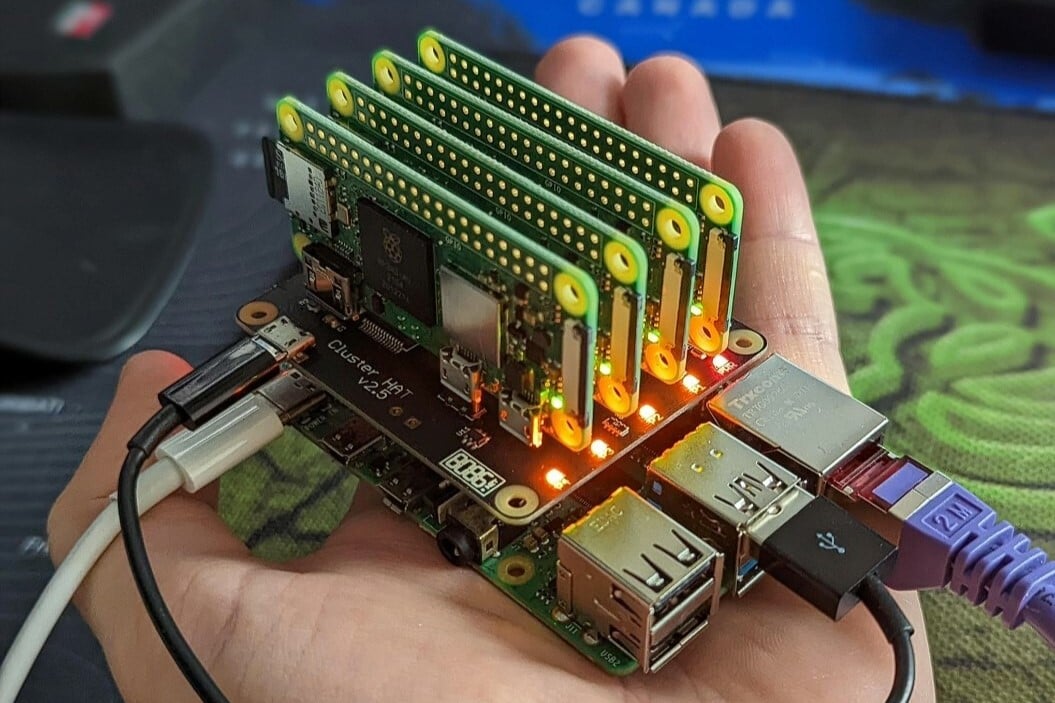
Physical computing bridges the gap between the digital and physical realms, enabling computers to sense the real world and control physical devices. Although both of these boards are great for physical computing projects, they’ve got some big differences.
When looking at the specs for these two products, you’ll quickly begin to realize that the Zero 2 W has significantly more processing power, RAM, ports, and other features when compared to the Pico. The Zero 2 W has an OS and can be used like a regular desktop computer. The Zero also has ports for connecting a camera. The Pico doesn’t have either of those features. It also can’t be used as a server or loaded with more than one code, and the code has to be relatively simple.
So, why go for the Pico if the Zero 2 W beats it out in many of the specs? Well, for a lot of IoT projects, a SBC like the Zero is simply overkill. Although the processing power and memory of the Pico may appear underwhelming, it’s actually quite powerful, given that it’s only running one code. It may even be able to run some codes faster than the Zero 2 because it doesn’t have an OS. However, the OS on the Zero allows the user to program directly on the board without having to use another computer as an intermediary.
Looking at the form factor, the Pico is about the size of a stick of gum and smaller than the Zero 2, giving the user more flexibility in embedding the microcontroller into their projects. However, the Zero 2 W is still significantly smaller than any of the other Raspberry Pi SBCs.
The Zero 2’s processor makes it capable of running much more complex programming than the Pico, but this also leads to more power consumption. The Pico can also be powered by 2-3 AA batteries, unlike the Zero.
Verdict
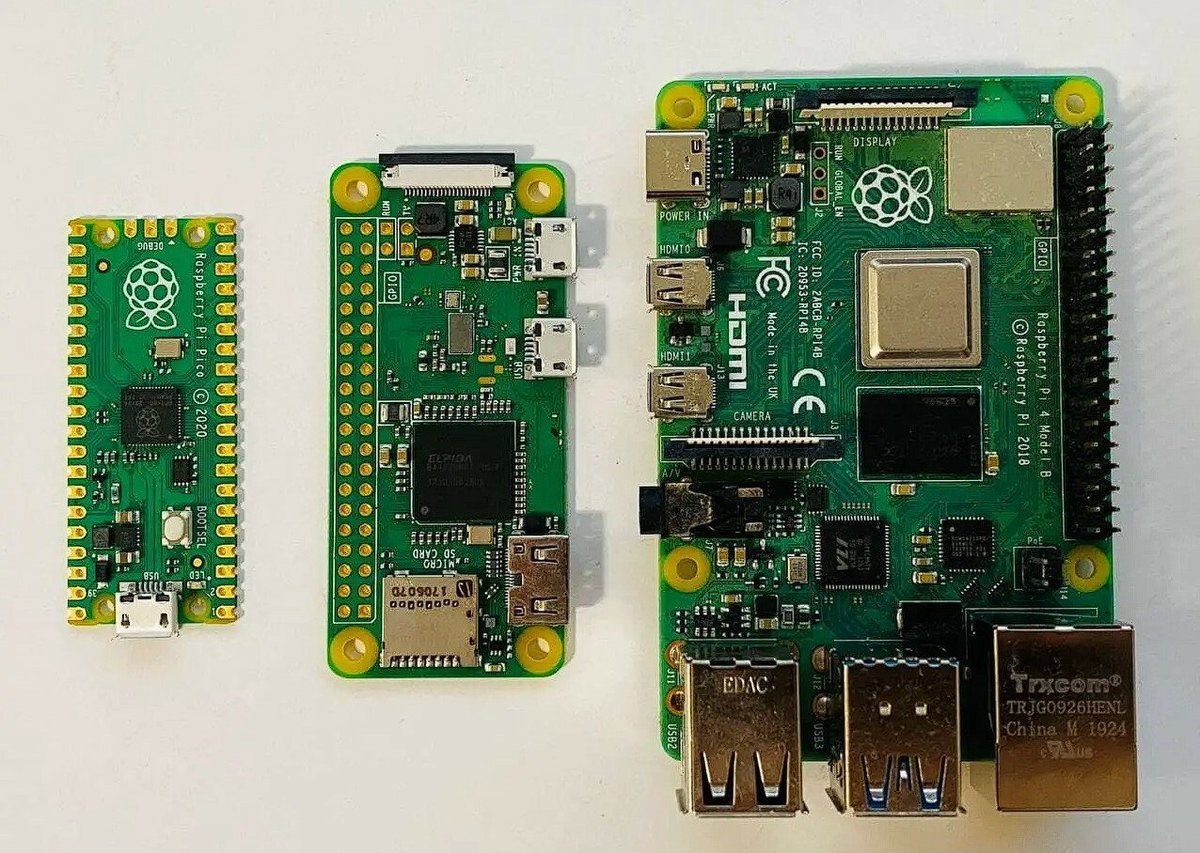
The Raspberry Pi Pico and Pi Zero 2 W are distinct devices tailored to different applications. The Pi Pico is a microcontroller board primarily aimed at simpler, educational projects. It excels at teaching electronics, embedded systems programming, physical computing, and robotics, making it a great choice for students and beginners. It’s ideal for projects requiring basic data logging, sensor reading, and LED/motor control.
On the other hand, the Raspberry Pi Zero 2 W is a single-board computer offering more processing power and versatility. Its applications extend to more complex and resource-intensive projects, making it suitable for IoT gateways, server tasks, and even sophisticated software development.
The differences between these two devices are notable. The Zero 2 W boasts superior processing power, more RAM, storage via a MicroSD card slot, wireless and Bluetooth connectivity (only the Pico W has this), support for various operating systems, and a larger form factor. While the Pico is cheaper (and easier to source), more compact, and more power-efficient, it will not be able to keep up if tasked with driving more complex devices. It’s simply not designed to be a computer.
Cost, size, and processing power are the three main constraints in computing. In the past decade, Raspberry Pi, like other PCB producers, has been able to increase processing power in their products while reducing the size of the board and the overall cost. Today, the circuitry and processing power of a typical SBC is anywhere from 15-20 times more powerful than the Z80 microprocessor used in the Apollo 11 program. For their size, both the Pico and the Zero 2 W offer previously unimaginable capabilities to the regular consumer. A choice between these two products ultimately comes down to your specific project requirements and level of expertise.
License: The text of "Raspberry Pi Pico vs Zero: The Differences" by All3DP is licensed under a Creative Commons Attribution 4.0 International License.
CERTAIN CONTENT THAT APPEARS ON THIS SITE COMES FROM AMAZON. THIS CONTENT IS PROVIDED ‘AS IS’ AND IS SUBJECT TO CHANGE OR REMOVAL AT ANY TIME.

